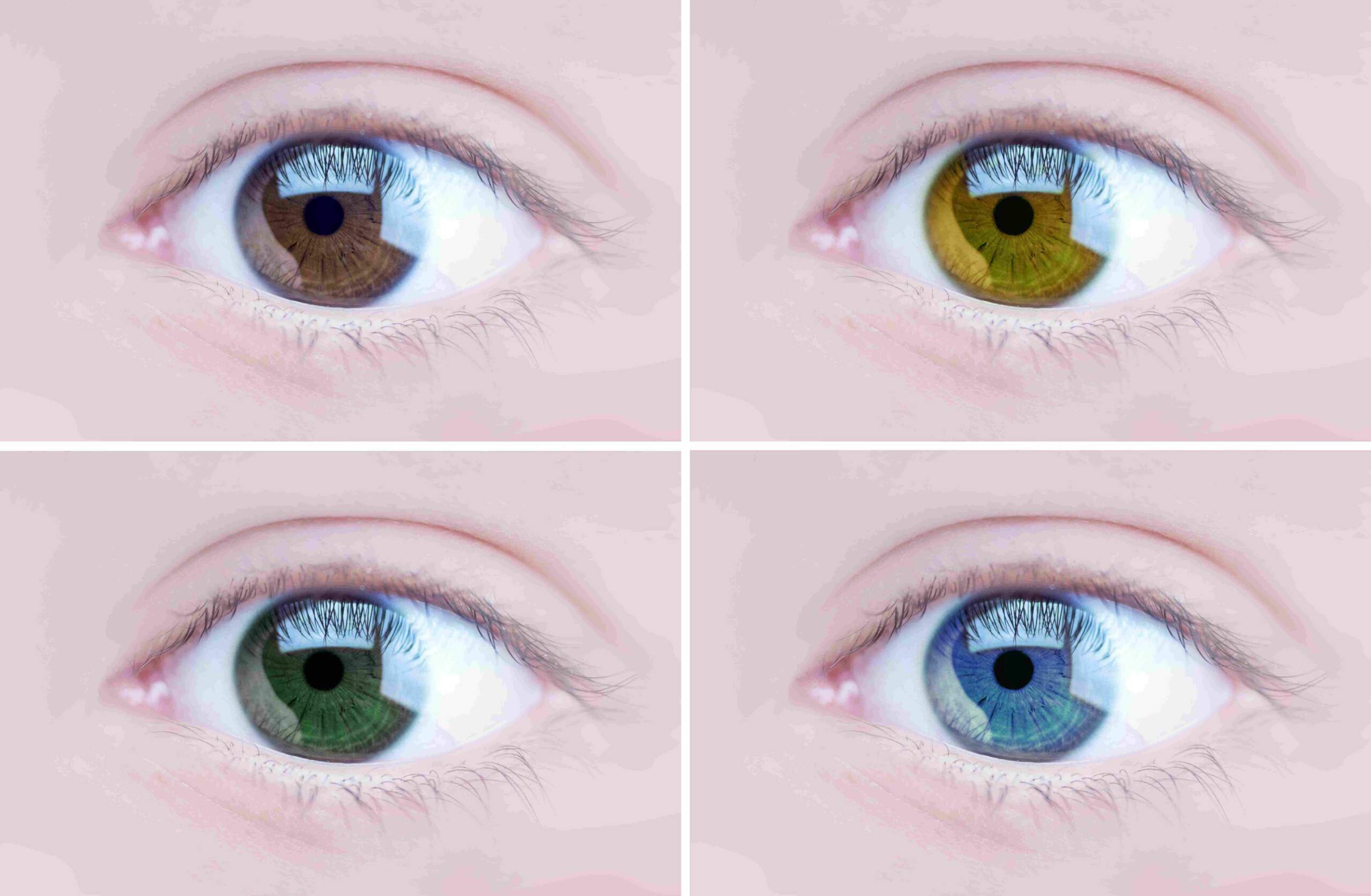Ever wondered why some people have missing teeth (hypodontia)? Well, it can happen for various reasons. Sometimes, it’s just the way you are born, or it could be due to issues like gum disease, cavities, accidents, or even genetic factors.
Regardless of the cause, having gaps in your smile can mess with how you chew, lead to bone loss, and even affect your confidence. Therefore, it is important to take care of your oral health, and if you’re dealing with tooth loss, there are numerous ways to fix it and bring back your grin!
In this blog, we’ll explore how teeth can go missing and what you can do about it. We’ll look at treatment options like dental implants, dentures, and dental bridges and break down their procedures so you know what you’re getting into!
SYMPTOMS
Having hypodontia means you might be born without one to six teeth anywhere in your mouth except for wisdom teeth. It can affect both baby and adult teeth. People with hypodontia might have:
1. Smaller or peg-shaped teeth.
2. Gaps between the existing teeth.
CAUSES OF HYPODONTIA
There can be a myriad of reasons behind hypodontia:
1. GENETIC FACTORS
Hypodontia is often linked to genetic factors, meaning it can be passed down through families. This happens because changes or differences in certain genes lead to the incomplete development of teeth.


2. ENVIRONMENTAL FACTORS
Prenatal exposure to environmental factors or substances can also contribute to hypodontia. Factors such as maternal smoking or exposure to certain medications during pregnancy may play a role.
3. MEDICAL CONDITIONS
Certain medical conditions, such as ectodermal dysplasias, can be associated with hypodontia. Individuals with specific syndromes or disorders may also have a higher likelihood of experiencing missing teeth.


4. DEVELOPMENTAL ABNORMALITIES
Disruptions during the embryonic development of teeth can result in hypodontia. Moreover, interference with the normal processes of tooth formation and eruption can also lead to incomplete tooth development.
5. HORMONAL FACTORS
When certain hormones go out of balance at key times while teeth are developing, it can lead to hypodontia. In which individuals have fewer teeth than usual. Problems with hormones or how they work in your body can affect your teeth’ growth.


6. INHERITANCE PATTERNS
Hypodontia can also be inherited through dominant genes, recessive genes, or genes on the X chromosome. The specific genetic factors at play can affect how likely it is for family members to have missing teeth.
Hence, knowing about these genetic factors can help pinpoint who might be at risk and guide efforts to diagnose and treat hypodontia effectively.
CAN HYPODONTIA BE PREVENTED?
Hypodontia is a condition characterized by the absence of one or more teeth. It is often inherited from one’s parents. Unfortunately, there is no known way to prevent it from occurring. However, it’s important to keep in mind that just because you have hypodontia doesn’t necessarily mean that you will pass it on to your offspring.
HOW IS HYPODONTIA TREATED?
There are different options available to fix your missing teeth.
DENTAL IMPLANTS
When it comes to replacing a single tooth, dental implants offer a great solution. They create a permanent replacement that looks and feels natural alongside your existing teeth. The process involves several steps:
- Imaging and Evaluation: To ensure the jawbone is healthy enough to support the implant, dentists usually start with imaging, usually through a CT scan. This helps assess the area where the implant will be placed.
- Augmentation: If the jawbone isn’t strong enough, surgery may be necessary to add extra bone or bone-like material to the area. This step ensures a solid foundation for the implant. After surgery, dental professionals will wait for the bone to fully heal, which typically takes a few months.
- Placing the Screw: A titanium screw is then inserted into the jawbone. It acts as a substitute for a tooth root. The capped screw allows the area to heal over the next three to six months, during which bone integrates around the screw. This, in turn, provides a stable base.
- Adding the Crown: Once the screw is securely embedded and the healing is complete, the final step involves removing the healing cap. A post (abutment) is placed on the screw, and a custom-designed crown is added. This crown matches the shape and color of your surrounding teeth. That creates a seamless and natural look.
DENTURES
When you experience significant tooth loss, dentures can be a fantastic solution to restore your smile. These are sets of false teeth that can be either full or partial and are removable, typically taken out at night.
There are two main types:
- Partial Dentures: These are worn when you are missing a few teeth. They help fill in the gaps and provide a natural-looking solution.
- Complete Dentures: If you have lost all your teeth in either the upper or lower jaw, complete dentures replace the entire row of teeth. They restore your ability to bite, chew, and smile with confidence.
However, keep in mind that living with dentures requires some specific care, such as regular cleaning, to keep them in good condition. In addition, it is also advisable to be mindful of what you eat and drink. Also, try to avoid certain foods that may impact the functionality of your dentures to maintain their longevity.
DENTAL BRIDGES
If you’re missing several teeth and want to replace them, a dental bridge can be a wonderful option. It works by attaching artificial teeth to a framework, which is then fixed onto nearby healthy teeth or implants using dental cement.
Here’s the breakdown process for the placement of dental bridges:
- Imaging and Impression: First, dentists start the procedure by assessing the patient’s impacted area with imaging and taking an impression of the surrounding teeth. This step ensures that the dental bridge will fit well in your mouth and help you maintain a natural bite.
- Building Support: Before placing the permanent bridge, dentists usually prepare the supporting teeth (or dental implants) by adding crowns. During this phase, you’ll also wear a temporary bridge to maintain functionality.
- Permanent Bridge: In the final procedure, the permanent bridge is fitted and securely cemented into place. Follow-up appointments are scheduled to make sure everything is working smoothly.
The process for dental bridges is less invasive than that for implants. However, it requires several appointments to ensure a comfortable and effective result.
WRAPPING UP
Missing teeth can occur for various reasons, from birth or accidents to cavities or gum issues. This can ultimately affect how you eat, your bone health, and even your confidence.
But don’t worry, we know various ways to fix it! You can get dental implants, like permanent replacements that blend in with your real teeth. Another option is dentures, which are removable sets of false teeth for significant tooth loss. Then, there are dental bridges. That attaches artificial teeth to existing ones. You can select any of these options based on your preferences and bring back your happy smile!











